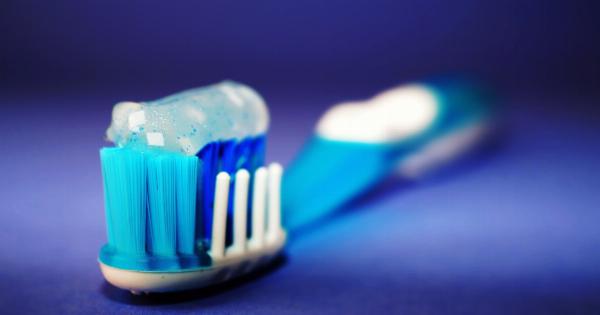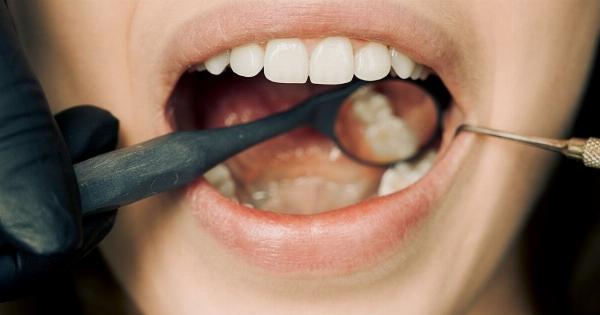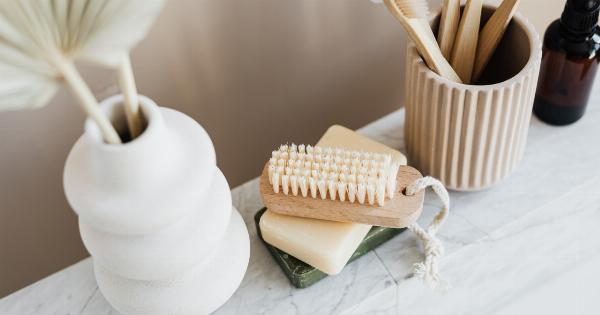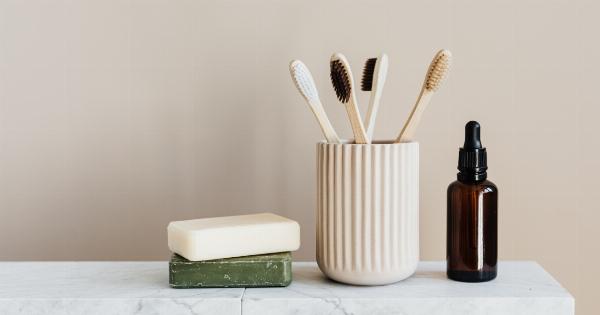Choosing the right toothpaste is an important part of maintaining oral hygiene. With countless options available in the market, it can be overwhelming to find the one that suits your needs.
This comprehensive buyer’s guide will help you navigate through the various types of toothpaste and make an informed decision.
The Importance of Toothpaste
Toothpaste plays a vital role in keeping your teeth and gums healthy. It helps remove dental plaque, prevents tooth decay, fights bad breath, and keeps your mouth feeling fresh.
In addition to regular brushing and flossing, selecting the right toothpaste can significantly enhance your oral health.
Factors to Consider
When purchasing toothpaste, there are several factors to consider:.
1. Ingredients
Check the label of the toothpaste for its ingredients. Look for fluoride as it helps prevent cavities. Other common ingredients include abrasives like calcium carbonate or silica, detergents like sodium lauryl sulfate, and flavoring agents.
If you have any specific dental concerns such as sensitivity or gum disease, consult your dentist for recommendations on specialized toothpaste.
2. Fluoride Content
Fluoride is a mineral that strengthens tooth enamel and makes it more resistant to decay. Most toothpaste contains fluoride, but the concentration may vary.
Check the packaging to ensure it has the recommended amount of fluoride for effective cavity protection.
3. Whitening Properties
If you desire a brighter smile, consider toothpaste with whitening properties. Whitening toothpaste helps remove surface stains, giving your teeth a whiter appearance.
However, it’s essential to manage your expectations as these toothpaste may not deliver the same results as professional whitening treatments.
4. Tartar Control
Tartar, also known as dental calculus, is hardened plaque that can only be removed by a dental professional. Look for toothpaste that offers tartar control if you are prone to tartar buildup.
These toothpaste usually contain special ingredients that help prevent the formation of tartar.
5. Sensitivity Relief
If you experience tooth sensitivity to hot, cold, or sweet stimuli, consider toothpaste specifically formulated for sensitive teeth. These toothpaste contain ingredients that block the sensations of pain and discomfort caused by sensitive teeth.
Regular use can help alleviate sensitivity over time.
6. Age-specific Toothpaste
For children, it is crucial to choose toothpaste specially formulated for their age group. Children’s toothpaste typically has lower fluoride content and milder flavors to encourage proper brushing habits.
Make sure to read the packaging and choose the appropriate toothpaste for your little ones.
7. Consider Your Oral Health Goals
Assess your specific oral health needs and goals.
Are you looking to prevent cavities, combat bad breath, or address teeth sensitivity? Identifying your primary concerns will help narrow down your toothpaste options and ensure that you select the most suitable one.
8. ADA Seal of Approval
The American Dental Association (ADA) evaluates toothpaste for safety and efficacy. Look for the ADA Seal of Approval on the packaging, which indicates that the toothpaste has met the association’s rigorous standards.
Choosing a toothpaste with the ADA Seal of Approval provides reassurance that you are selecting a quality product.
Types of Toothpaste
There are several types of toothpaste available:.
1. Fluoridated Toothpaste
Fluoridated toothpaste is the most common type and is suitable for the majority of people. It helps prevent tooth decay by strengthening the enamel, making it more resistant to acid attacks.
2. Tartar Control Toothpaste
Tartar control toothpaste is designed to slow down the formation of tartar on teeth. While it cannot remove already formed tartar, it can help prevent further build-up.
3. Whitening Toothpaste
Whitening toothpaste removes surface stains, making your teeth appear brighter. However, they do not alter the natural color of your teeth.
4. Toothpaste for Sensitive Teeth
Toothpaste for sensitive teeth is formulated to alleviate pain caused by tooth sensitivity. These toothpaste contain special ingredients that help block the nerve sensations.
5. Natural Toothpaste
Natural toothpaste is free of artificial ingredients and commonly contains plant-based extracts, like neem or tea tree oil. They provide a more natural option for those who prefer to avoid certain chemicals.
6. Children’s Toothpaste
Children’s toothpaste is formulated specifically for kids, with milder flavors and lower fluoride content. It ensures children develop good oral hygiene habits from a young age.
Tips for Effective Toothpaste Usage
To make the most of your toothpaste, keep the following tips in mind:.
1. Brush Twice a Day
Brush your teeth at least twice a day, ideally after meals, using a pea-sized amount of toothpaste. This frequency helps remove plaque and keeps your mouth fresh throughout the day.
2. Use Proper Technique
Hold your toothbrush at a 45-degree angle and use gentle, circular motions to brush your teeth. Don’t forget to brush your tongue to remove bacteria responsible for bad breath.
3. Replace Your Toothbrush
Replace your toothbrush every three to four months or sooner if the bristles become frayed. Frayed bristles are less effective at removing plaque and can damage your gums.
4. Supervise Children
Ensure children under the age of six use only a small amount of toothpaste and are supervised while brushing. This prevents them from swallowing excessive fluoride toothpaste.
Conclusion
Choosing the right toothpaste is crucial for maintaining optimal oral health. Consider factors such as ingredients, fluoride content, specific oral health concerns, and age-specific toothpaste.
Keep in mind that toothpaste is not a standalone solution, and it should be used in conjunction with proper dental hygiene practices and regular dental check-ups. By making an informed choice, you can ensure that your toothpaste supports a healthy and beautiful smile.





























